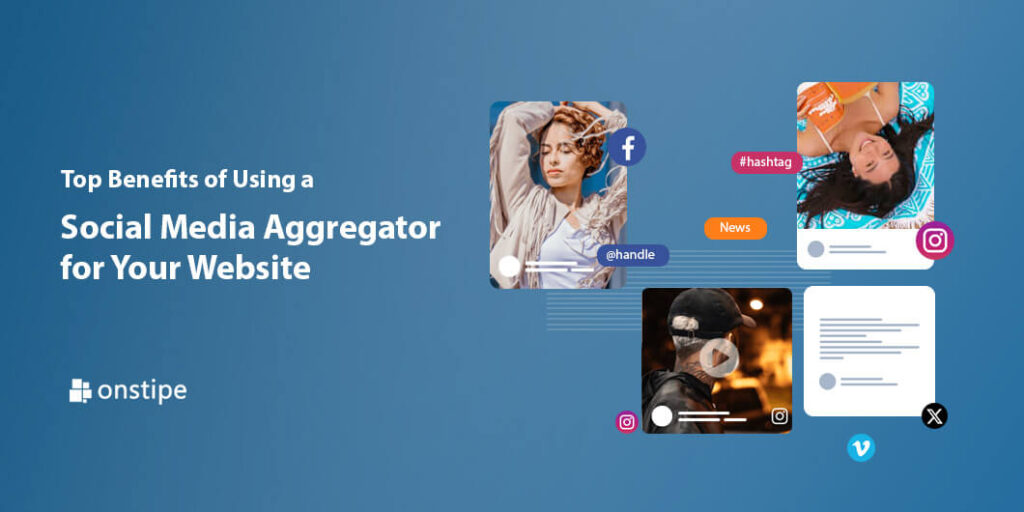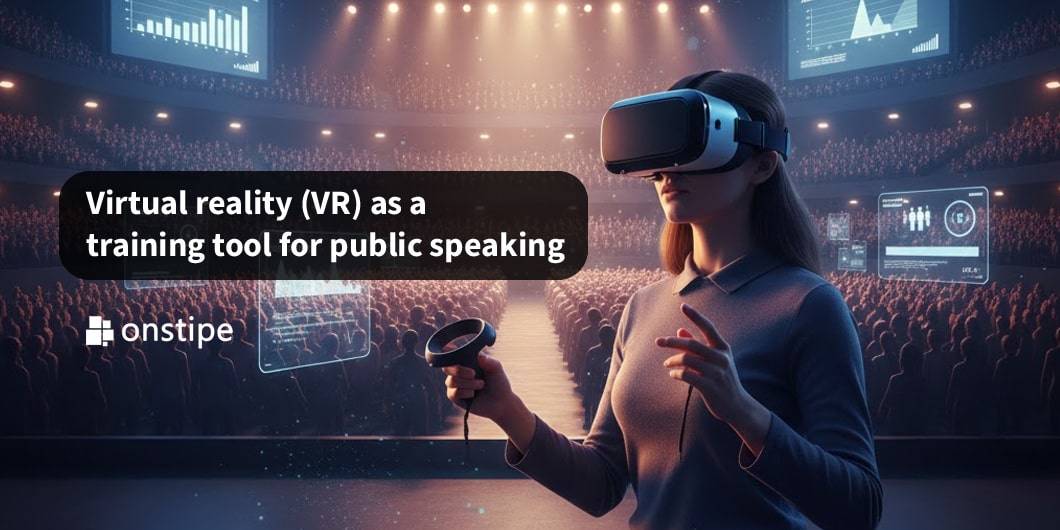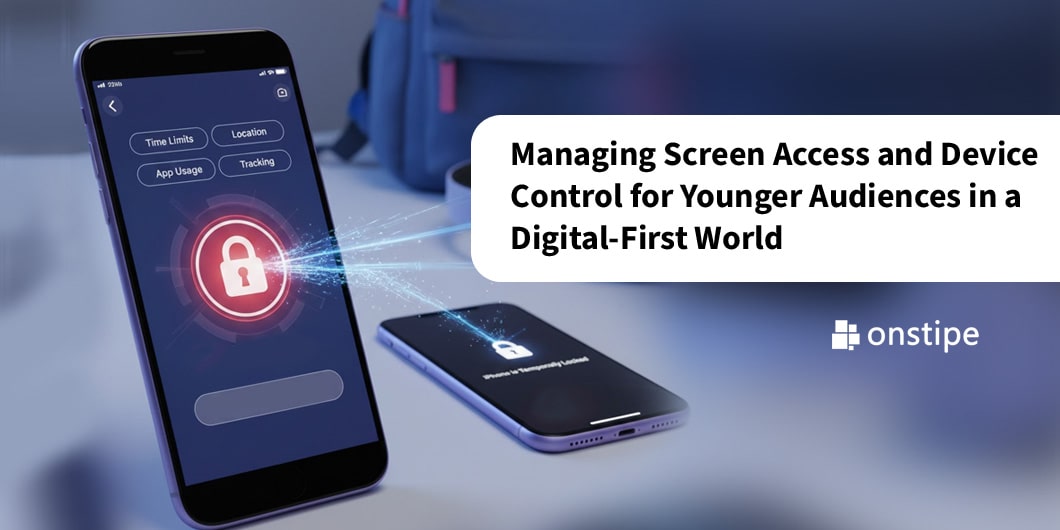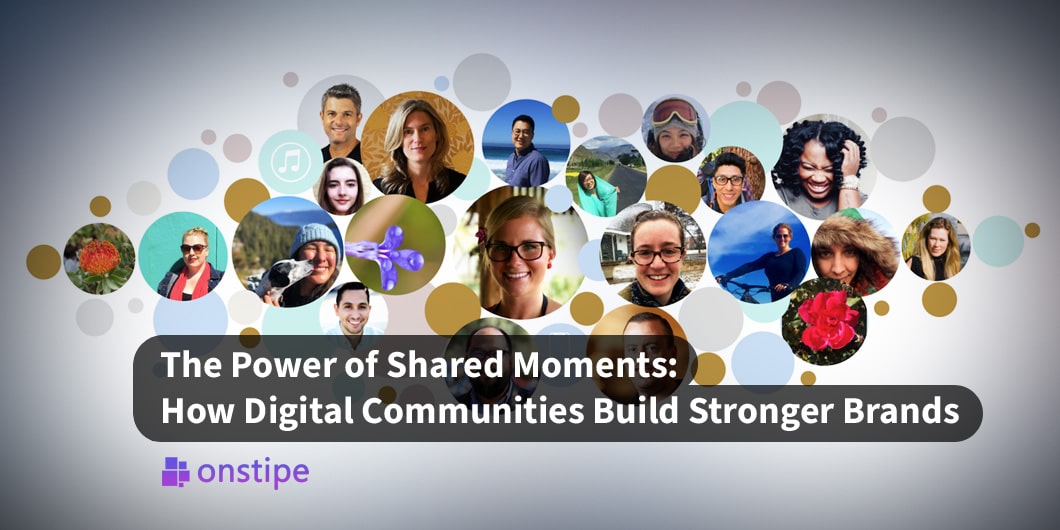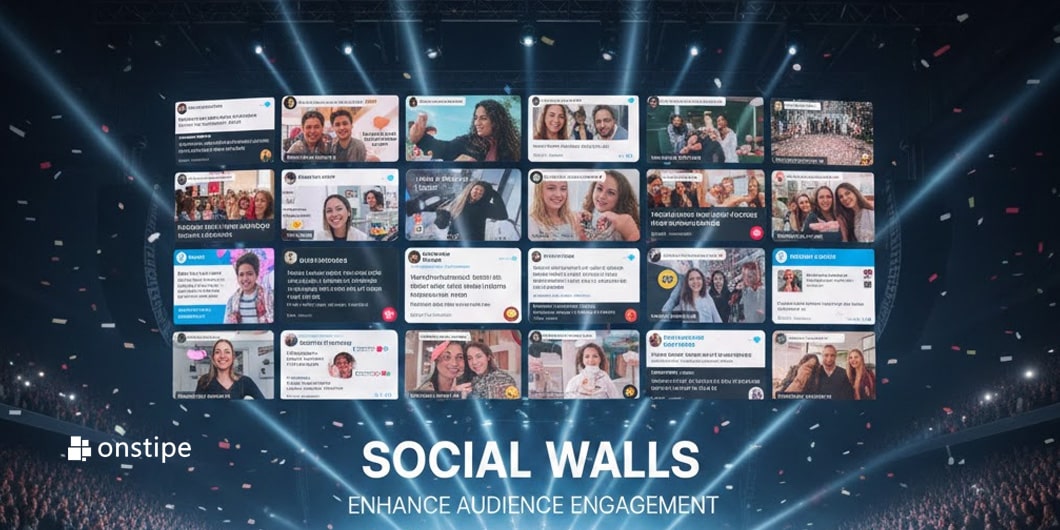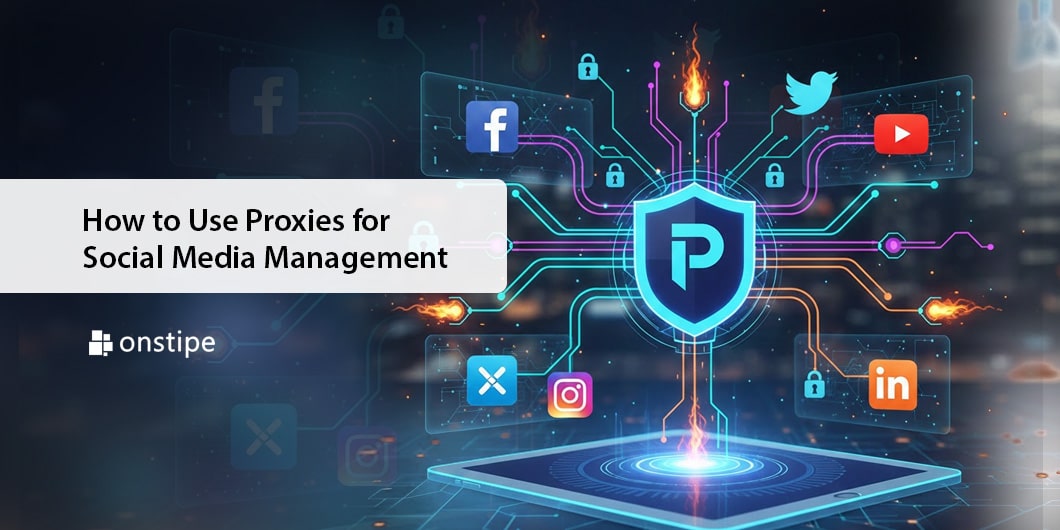In today’s digital-first world, businesses, brands, and even individuals thrive on engagement and visibility. Social media has become the heartbeat of online interactions—people share opinions, reviews, experiences, and conversations that influence buying decisions and brand reputation. But with millions of posts shared across platforms daily, how can you leverage this content for your own website?
The answer lies in a powerful tool: a social media aggregator.
A social media aggregator is a platform or software that collects and curates social media content—such as posts, images, reviews, videos, or hashtags—from different social platforms like Instagram, Facebook, Twitter (X), LinkedIn, and YouTube, and then displays them in a unified feed on your website. Think of it as a digital hub where the best of your brand’s social presence and user-generated content (UGC) come together, boosting authenticity and engagement.
In this article, we’ll dive deep into the top benefits of using a social media aggregator for your website and explore why it’s becoming a must-have tool for businesses of all sizes.
1. Enhances Website Engagement and User Experience
One of the biggest challenges website owners face is keeping visitors engaged. Static web pages, no matter how well-designed, often fail to hold attention in today’s fast-paced digital environment.
By embedding a social media aggregator, your website comes alive with dynamic, real-time content. Instead of seeing the same content every time they visit, users get fresh updates—whether it’s a new customer review, influencer mention, or brand announcement.
This creates:
- Visual appeal: A vibrant feed with photos, videos, and posts breaks monotony.
- Interactivity: Users can browse and scroll through social posts without leaving your site.
- Longer time spent: The more engaging your feed, the longer visitors stay.
A longer stay often translates to lower bounce rates and higher chances of conversion.
2. Showcases Authentic User-Generated Content (UGC)
Modern consumers crave authenticity. According to studies, over 79% of people say UGC influences their buying decisions more than branded content.
A social media aggregator lets you showcase UGC directly on your website—whether it’s customers posting photos of your product on Instagram, leaving reviews on Facebook, or tweeting about their experiences.
The benefits of highlighting UGC include:
- Building trust: Real customer voices are more credible than brand promises.
- Social proof: Prospective buyers see others enjoying your product or service.
- Community building: Customers feel valued when their content is displayed on your site.
In other words, aggregators transform everyday social posts into powerful testimonials that boost credibility.
3. Improves Website SEO and Discoverability
Search engine optimization (SEO) remains central to digital success. While traditional SEO relies on keywords, backlinks, and on-page optimization, fresh and engaging content is equally important.
A social media aggregator adds SEO value in several ways:
- Keeps content updated: Dynamic feeds ensure your site is constantly refreshed with new material.
- Increases dwell time: Visitors spend more time browsing, signaling relevance to Google.
- Generates organic backlinks: People may share your aggregated feed pages, boosting authority.
- Keyword-rich captions: Aggregated posts often contain natural keywords and hashtags.
As a result, your site not only becomes more engaging but also more visible on search engines.
4. Strengthens Brand Credibility and Transparency
Today’s consumers expect transparency. They want to see how brands interact with customers, respond to issues, and celebrate successes. A social media aggregator brings this openness to your website.
By showcasing live feeds from your brand’s social media:
- Visitors see genuine interactions between your brand and customers.
- Positive comments, likes, and shares act as trust signals.
- Any user can verify authenticity by cross-checking on the social platform.
This transparent approach makes your brand appear credible, trustworthy, and customer-focused—qualities that directly influence conversions.
5. Boosts Conversions and Sales
At the end of the day, every website improvement aims for one thing: better conversions. A social media aggregator has a direct impact on this goal.
How? By combining UGC + social proof + product visibility.
Imagine this: A potential customer visits your website, unsure whether to buy. Then they see a live Instagram feed full of happy customers using your product. Suddenly, the hesitation fades—the proof is right there.
Studies show that websites featuring UGC see a conversion increase of up to 29%. Additionally, aggregated feeds can be shoppable—allowing users to click on a post and buy directly from your store. This seamless journey from inspiration to purchase reduces friction and boosts sales.
6. Saves Time and Streamlines Content Management
Managing a website’s content is often resource-heavy. Creating blog posts, designing banners, or updating pages requires time and effort. A social media aggregator makes this process easier by:
- Automatically pulling fresh content from social platforms.
- Reducing dependency on designers/writers for constant updates.
- Allowing customization so you can filter content, moderate posts, and align feeds with your brand aesthetics.
This automation not only saves time but also ensures your website never looks outdated.
7. Strengthens Event Marketing and Campaigns
For businesses that run events, launches, or seasonal campaigns, a social media aggregator is a game-changer.
During events, attendees post on social platforms using branded hashtags. Aggregators collect these posts and display them on event websites or live screens, creating an atmosphere of excitement and inclusivity.
For campaigns:
- Aggregators highlight real-time buzz around your products.
- Branded hashtags get more visibility.
- Campaign performance can be tracked more effectively.
It’s like turning your customers into live marketers.
8. Increases Social Media Reach and Engagement
When people see their posts featured on your website, they’re more likely to share them on their own networks. This creates a cycle of engagement:
- Customers post content.
- The aggregator showcases it on your site.
- Customers share their “featured” status.
- More people see your brand, leading to more posts.
This organic loop expands your reach and brings new audiences to both your social channels and website.
9. Provides Valuable Data and Insights
Many social media aggregator tools come with analytics dashboards. These give you insights into:
- Which social platforms drive the most engagement.
- Which hashtags or campaigns perform best.
- What type of content resonates with your audience.
Armed with this data, you can refine your social strategy, create more impactful campaigns, and even improve your website’s layout to highlight high-performing content.
10. Cost-Effective Marketing Tool
Compared to traditional advertising or content marketing, using a social media aggregator is highly cost-efficient. You’re essentially repurposing content that already exists—created by your users or brand.
Instead of spending heavily on new campaigns, you can maximize ROI by leveraging social posts that are:
- Already engaging.
- Authentic and relatable.
- Free to use (with proper permissions).
Thus, aggregators allow you to do more with less, making them ideal for small and mid-sized businesses with limited budgets.
11. Strengthens Community and Brand Loyalty
When users see their content featured on your website, it fosters a sense of belonging. They feel recognized and valued, which strengthens their emotional connection with your brand.
This recognition encourages:
- Repeat engagement: Customers are motivated to post more.
- Brand advocacy: Loyal users become vocal promoters.
- Long-term loyalty: Positive emotional experiences drive retention.
In essence, a social media aggregator isn’t just a tool—it’s a community-building platform.
12. Flexible and Customizable for Any Industry
Whether you’re an e-commerce store, travel agency, restaurant, SaaS company, or nonprofit, social media aggregators adapt to your needs.
- E-commerce: Display shoppable Instagram galleries.
- Hospitality & Travel: Showcase guest experiences, reviews, and location tags.
- Education: Share student achievements, alumni stories, and campus updates.
- Events: Create live social walls for real-time interaction.
- Nonprofits: Highlight donor stories, volunteer experiences, and campaign progress.
This versatility makes aggregators a universal solution for boosting engagement and credibility across industries.
Conclusion
In an age where social media dominates consumer attention and trust, integrating a social media aggregator into your website is no longer optional—it’s essential. From boosting engagement and SEO to driving conversions and building community, the benefits are far-reaching.
By leveraging authentic UGC, enhancing transparency, and automating content updates, aggregators not only enrich your website but also strengthen your brand’s online presence. Whether you’re a startup or an established enterprise, the ability to seamlessly merge social conversations with your digital storefront gives you a competitive edge.
So, if you haven’t already, it’s time to harness the power of social media aggregation. Transform your website into a dynamic, trustworthy, and conversion-driven hub—where authenticity meets engagement.

